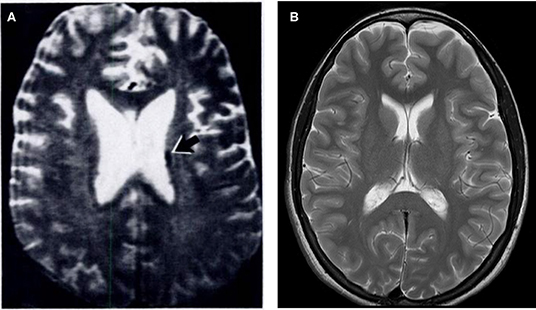
Contrast agents-patients with severe renal failure who require dialysis may risk a rare but serious illness called nephrogenic systemic fibrosis that may be linked to the use of certain gadolinium-containing agents, such as gadodiamide and others.Nerve Stimulation-a twitching sensation sometimes results from the rapidly switched fields in the MRI.Noise-loud noise commonly referred to as clicking and beeping, as well as sound intensity up to 120 decibels in certain MR scanners, may require special ear protection.People with implants, particularly those containing iron, - pacemakers, vagus nerve stimulators, implantable cardioverter- defibrillators, loop recorders, insulin pumps, cochlear implants, deep brain stimulators, and capsules from capsule endoscopy should not enter an MRI machine.When having an MRI scan, the following should be taken into consideration: It is used to advance the understanding of brain organization and offers a potential new standard for assessing neurological status and neurosurgical risk. One kind of specialized MRI is functional Magnetic Resonance Imaging (fMRI.) This is used to observe brain structures and determine which areas of the brain “activate” (consume more oxygen) during various cognitive tasks. However, MRI is more expensive than x-ray imaging or CT scanning. Because MRI does not use x-rays or other radiation, it is the imaging modality of choice when frequent imaging is required for diagnosis or therapy, especially in the brain.

In the brain, MRI can differentiate between white matter and grey matter and can also be used to diagnose aneurysms and tumors. The brain, spinal cord and nerves, as well as muscles, ligaments, and tendons are seen much more clearly with MRI than with regular x-rays and CT for this reason MRI is often used to image knee and shoulder injuries.

They differ from computed tomography (CT), in that they do not use the damaging ionizing radiation of x-rays. MRI scanners are particularly well suited to image the non-bony parts or soft tissues of the body.


 0 kommentar(er)
0 kommentar(er)
